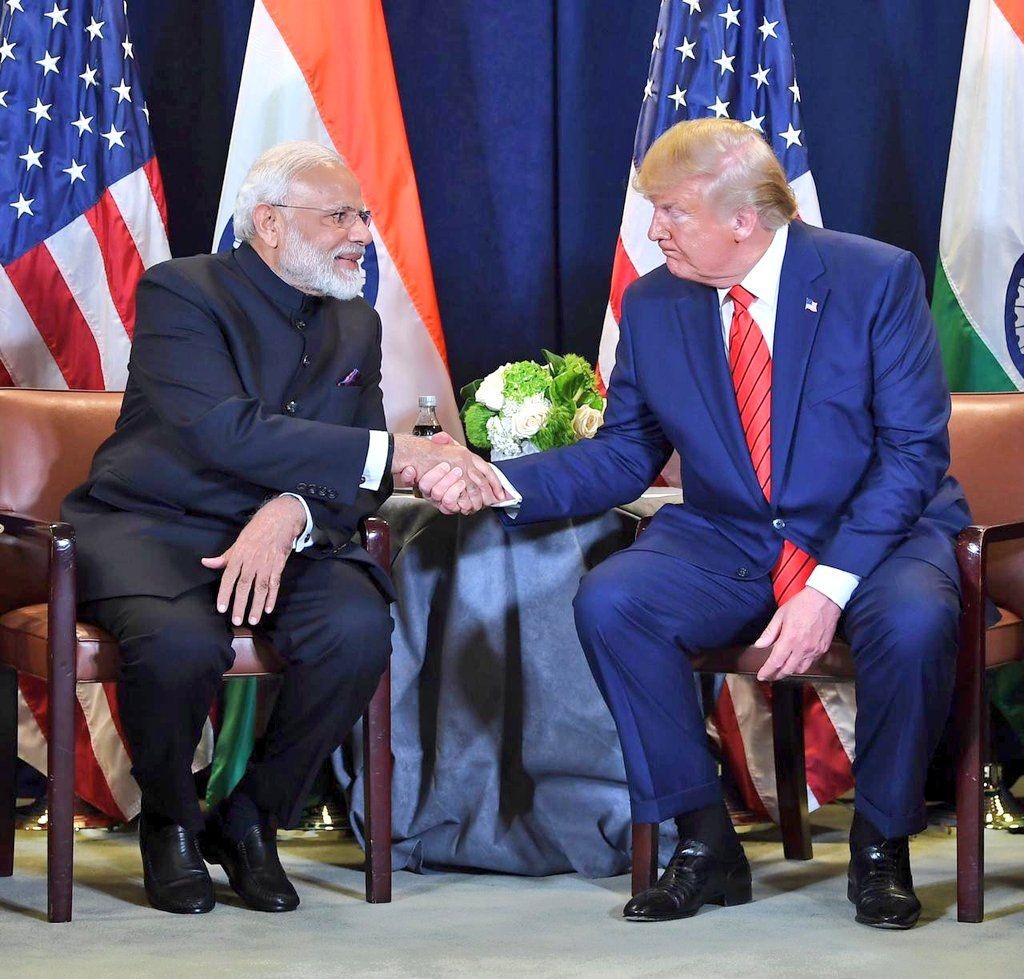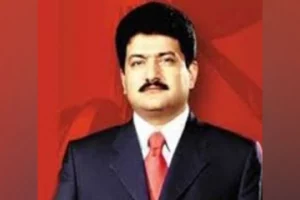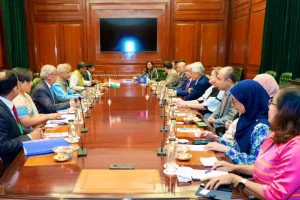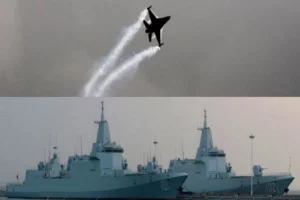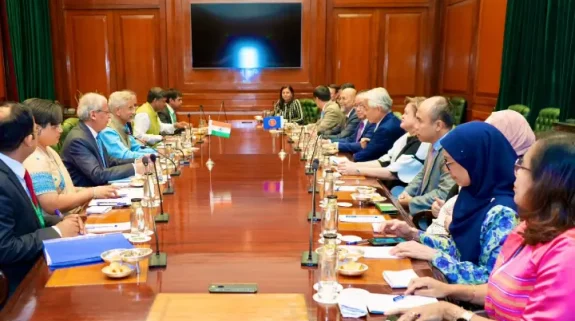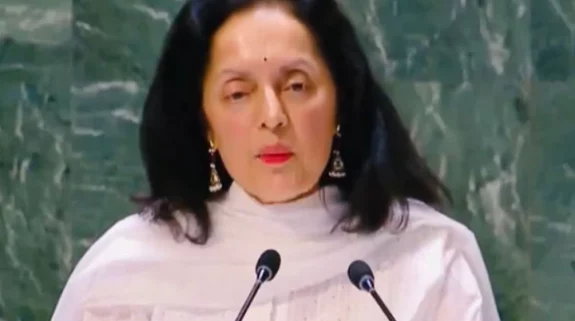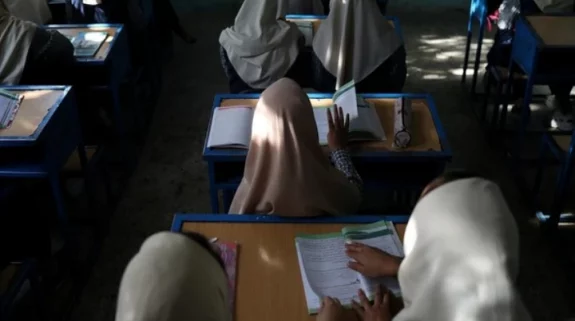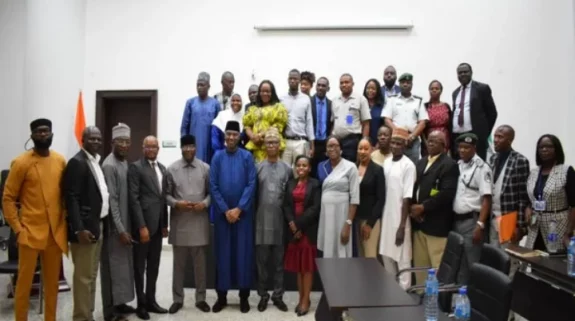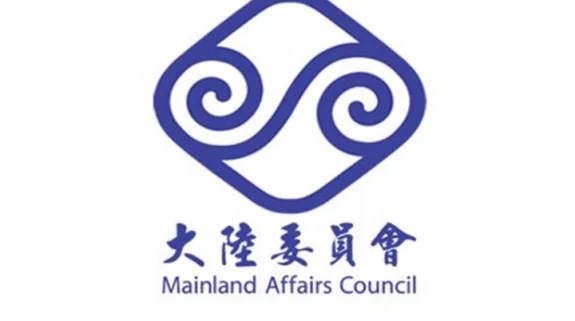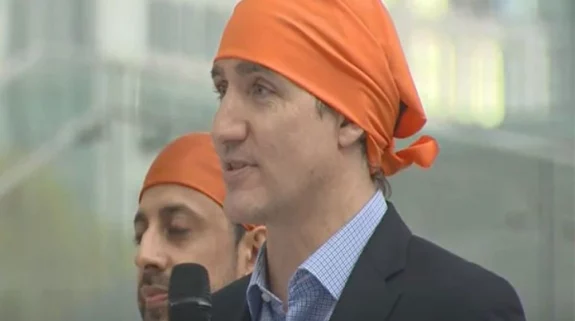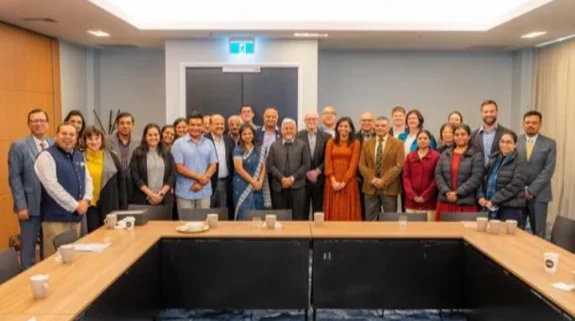A strong India, in cooperation with like-minded countries, would act as a counterbalance to China, a 10-page document on the 'United States Strategic Framework for the Indo-Pacific' declassified by the outgoing Donald Trump administration last night has revealed. The White House said that this document has provided overarching strategic guidance for implementing the 2017 National Security Strategy within the world’s most populous and economically dynamic region for the last three years.
Approved in February 2018 for implementation across Executive Branch departments and agencies, the document, says Robert C. O'Brien, Assistant to the Trump for National Security Affairs, is being released to communicate to the American people and to the US allies and partners, the enduring commitment of the United States to keeping the Indo-Pacific region free and open long into the future.
The framework document mentions "preventing China from establishing new, illiberal spheres influence" as the foremost national security challenge for the US and how India, a "preferred partner", can cooperate to preserve maritime security and counter Chinese influence in South and Southeast Asia and other regions of mutual concern.
"India maintains the capacity to counter border provocations by China. India remains preeminent in South Asia and takes the leading role in maintaining Indian Ocean security, increases engagement with Southeast Asia, and expands its economic, defense, and diplomatic cooperation with other U.S. allies and partners in the region," the document states.
It says that shifting regional power balances will continue to drive security competition across the Indo-Pacific, leading to increased defense investment by many countries in the region, including India and Japan.
The document details that China aims to dissolve U.S. alliances and partnerships in the region and will exploit vacuums and opportunities created by these diminished bonds. Therefore it says, "A strong India, in cooperation with like-minded countries, would act as a counterbalance to China."
The declassified document maintains that Russia will remain a marginal player in the Indo-Pacific region relative to the United States, China, and India. It also mentions that China, which will seek to dominate cutting-edge technologies, including artificial intelligence and bio-genetics, and harness them in the service of authoritarianism, will take increasingly assertive steps to compel unification with Taiwan.
As documented, the United States has aligned its Indo-Pacific strategy with those of Australia, India, and Japan and aimed to create a quadrilateral security framework with India, Japan, Australia, and the United States as the principal hubs.
Outlining its strategy and objectives for India and South Asia in particular, the United States listed accelerating India's rise and capacity to serve as a net provider of security and Major Defense Partner; solidify an enduring strategic partnership with India underpinned by a strong Indian military able to effectively collaborate with the United States and our partners in the region to address shared interests.
It suggested actions such as building a stronger foundation for defense cooperation and interoperability; expanding defense trade and ability to transfer defense technology to enhance India’s status as a Major Defense Partner; increase cooperation on shared regional security concerns and encourage India’s engagement beyond the Indian Ocean Region; support India’s membership in the Nuclear Supplier’s Group; and work with India toward domestic economic reform and an increased leadership role in the East Asia Summit (EAS) and ADMM+.
<img class="wp-image-19009 size-full" src="https://indianarrative.com/wp-content/uploads/2020/10/beca-indo-us-partnership.jpg" alt="declassified Secret Indo-Pacific strategy document" width="770" height="486" /> US Secretary of State Mike Pompeo and the then US Defence Secretary Mark Esper with Prime Minister Narendra Modi in New Delhi, last year after the signing of the Basic Exchange and Cooperation Agreement (BECA) between the two countriesOffering support to India — through diplomatic, military, and intelligence channels to help address continental challenges such as the border dispute with China and access to water, including the Brahmaputra and other rivers facing diversion by China — has also been listed as one of the primary actions in the document.
It includes:
<ul>
<li>Supporting India's “Act East” policy and its aspiration to be a leading global power, highlighting its compatibility with the U.S., Japanese, Australian vision of a free and open Indo-Pacific.</li>
<li>Build regional support for U.S.-India Common Principles in the Indian Ocean, including unimpeded commerce, transparent infrastructure-debt practicesf and peaceful resolution of territorial disputes.</li>
<li>Promote U.S.-India energy cooperation across all sources and technologies to diversify India's energy sources and supplies.</li>
<li>Partner with India on cyber and space security and maritime domain awareness. Expand U.S.-India intelligence sharing and analytic exchanges creating a more robust intelligence partnership.</li>
<li>Work with India and Japan to help finance projects that enhance regional connectivity between India and countries of the region.</li>
</ul>
The framework called for strengthening the capacity of emerging partners in South Asia, including the Maldives, Bangladesh, and Sri Lanka, to contribute to a free and open order by establishing a new initiative with South Asian partners modeled on the Maritime Security Initiative in Southeast Asia to improve maritime domain awareness, interoperability and data-sharing with the United States.
It also supported creation of a maritime information “fusion center” in the Indian Ocean.
The United States Strategic Framework for the Indo-Pacific has served, for the last three years, as the Trump Administration’s overarching strategic guidance for implementing the President’s 2017 National Security Strategy (NSS) within the world’s most populous and economically dynamic region.
"The Framework has guided the development of numerous subordinate policy frameworks and campaign plans that have steered the U.S. approach to specific issues of importance to the Indo-Pacific region and beyond, such as the U.S. Strategic Approach to the People’s Republic of China, the U.S. Strategic Framework for Countering China’s Economic Aggression, the U.S. Campaign Plan for Countering China’s Malign Influence in International Organizations, and others," said Brien.
The Framework, says the US government, seeks to strengthen its wide and diverse network of allies and partners, which has long underwritten stability and peace in the Indo-Pacific.
It said that Pesident Trump grasped the strategic resonance of the concept of a free and open IndoPacific, first advanced by the then Japanese Prime Minister Shinzo Abe on a visit to India in 2007 where he called for a "broader Asia" spanning the Pacific and Indian Oceans – "seas of freedom and prosperity, which will be open and transparent to all."
Brien said that the declassification of the Framework today demonstrates, with transparency, America’s strategic commitments to the Indo-Pacific and to its allies and partners in the region.
The declassification of a recent framework document is an extremely rare occurrence in US politics. It may have ruffled a few feathers in Beijing but more importantly, all eyes will be fixed on the incoming Joe Biden administration's strategic approach to the region now.
.






